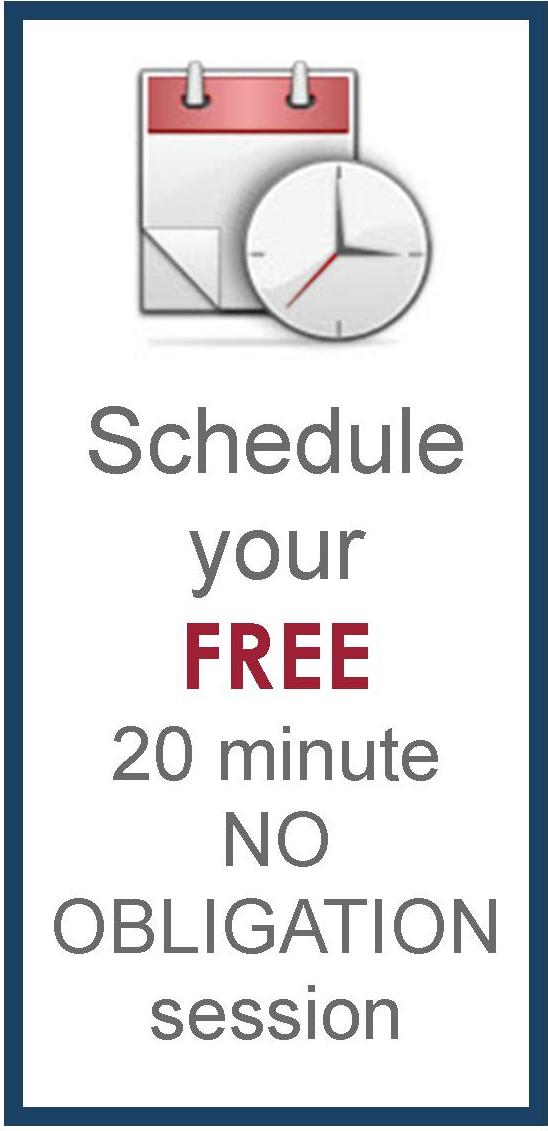How are you doing with re-entry?

It’s not uncommon to hear people say that the re-entry into their lives is very hard. A lot of actors say that the hardest thing about working is not working, because you go from one of the most structured environments in the world to a place of no structure.~ Jason Schwartzman, American actor.
Re-entry into post-pandemic life is proving more difficult than expected. I’m hearing this from clients, and I’m feeling this for myself. After months of isolation, dealing with a sense of time that simultaneously dragged and felt crammed with all kinds of necessary activities, it seems hard to return to some sort of daily equilibrium outside the home. The relief of people getting vaccines is palpable, but for teachers and administrators at every level, the uneven rollout is causing its own set of tension. As much as teachers want to get back to in-person instruction, they are also leery of moving back to in-person instruction too quickly.
Re-entry anxiety around Covid-19 seems to fall into two categories: fear of going out and getting the disease after a year of guarding against it, and fear of having fallen out of practice socializing. According to Dr. Ryan Sultan, Assistant Professor of clinical psychiatry at Columbia University’s Irving Medical Center in New York City, we should all be working toward re-entry sooner rather than later. Avoiding something worrisome makes us more anxious, and most likely you don’t want to stay isolated indefinitely.
Re-entry anxiety is real
Why do we feel so resistant? For one thing, the anxiety is real. We’ve spent months cooped up inside, with in-person interaction largely limited to the people closest to us. Professional work has been driven by technology, especially in the form of virtual classes and virtual meetings. For many people, moving to these new platforms was stressful and the pace of adopting the new technology was brutal. While we are mostly grateful to technology for allowing us to continue many activities, I think the vast majority of us are also feeling burnt out.
If you had small children of your own to educate while continuing to teach at a college or university, there was virtually no time you were not on a computer screen. Kids had to be signed in and supervised; spouses and partners needed to use household and virtual space in new ways to keep working, and institutions were often demanding new forms of class instruction using asynchronous video. Limited in-person instruction meant dealing with all kinds of new barriers to learning, from socially separated spaces to new cleaning protocols to professors just as distracted as their students. Not to mention the stress of trying to figure out what was actually happening with students: Were they unable to show up? Or just unwilling? Hard for a professor to know.
So here we are, trying to emerge from our cocooned existence. The degree of nervousness, worry or dread varies from individual to individual, but everyone is experiencing these emotions to some degree as we contemplate, or are actually moving into, life in the outside world again. We withdrew because our very existence felt threatened. It’s not surprising that re-entry feels threatening, too. To deal with re-entry anxiety, all the usual approaches are useful: Be present in the moment, do some journaling, let go of what you cannot control, practice gratitude, stay connected to others, exercise, eat right and sleep well.
Try a gradual approach to re-entry
Here’s one idea you may not have considered: Take a gradual approach to re-entry. Do a little at a time. If you’ve been vaccinated, instead of having groceries delivered, maybe you go in person to the store. It might be fun to see products you’ve forgotten about or get some menu ideas based on seasonal food availability. It’s OK to be conservative about where you shop, only going where masks are still required at first. Instead of heading out to a gathering with many people, consider having just one or two friends who have also been vaccinated over to your place for a meal. Eat outside or keep all your windows open if you still feel nervous. From an evolutionary perspective, caution is quite useful for survival.
One person I know has offered to go on a walk with a friend for the first excursion outside of the home before they have to go any place where they might not know anyone. Another one plans on a “coming out” event by going to a restaurant and eating indoors with a friend. Taking baby steps toward re-entry with a trusted partner is a version of breaking large projects into small tasks. Our brains have begun to see being alone and avoiding other people as a normal way of life to avoid the threat of illness. It may take a few attempts at being with other people before being with others feels OK again. As long as you are finding ways to cope with the anxiety rather than feeling paralyzed, you are doing fine.
Ultimately, we need to give ourselves permission to take all the mental space we need to restore, remediate, repair, and revive our lives in the best way for us. Coronavirus is not going to magically disappear, and it may be several years before the international community has this virus largely under control. We are still finding our way in this new post-pandemic world.
Be clear about the rules
Depending on where you live and work, there may be strict or very lenient rules for returning to work. Determine local government guidelines, especially with regard to numbers of people in enclosed spaces and recommended or required social distancing. Confirm procedures with your institution for reopening offices and classrooms, including cleaning protocols going forward. Ask if there are contingency plans in case another closure is required. If you like working from home and holding classes via Zoom, determine if there is a way to continue this; some institutions are making provisions for hybrid teaching in the fall. Find out if there will be any additional IT support or money to buy new equipment or software.
Obviously, if you have underlying health conditions that make you vulnerable, even a gradual approach to re-entry may not be for you. If you have hesitated to make an underlying condition known to an employer before this time, you may want to consider asking for special accommodation. One woman I know who has serious asthma and works at a community college in a building with a lot of students coming and going got permission to stay home until such time as the coronavirus is not considered widespread in the local community.
Celebrate!
Even though we may never completely rid ourselves of coronavirus and may perhaps have to use booster shots to update our immunity, we should still celebrate coming out of the long, dark tunnel of in-person isolation. A surprising piece of good news is that it seems the vast majority of colleges and universities will survive, including many of the smaller ones predicted to fail at the beginning of the pandemic. Higher education institutions will likely morph again, into smaller, more specialized organizations with larger virtual classroom components. That is something to celebrate.
Tags: academia, academic, attitude, be prepared, change, confidence, goal setting, planning, self-trust, work habits







Wonderful article. With variants popping up, it feels premature to start thinking of going “out”, but this advice is still good to avoid anxieties.
Thank you, Lynet! Hope you are doing well and happy with career these days.